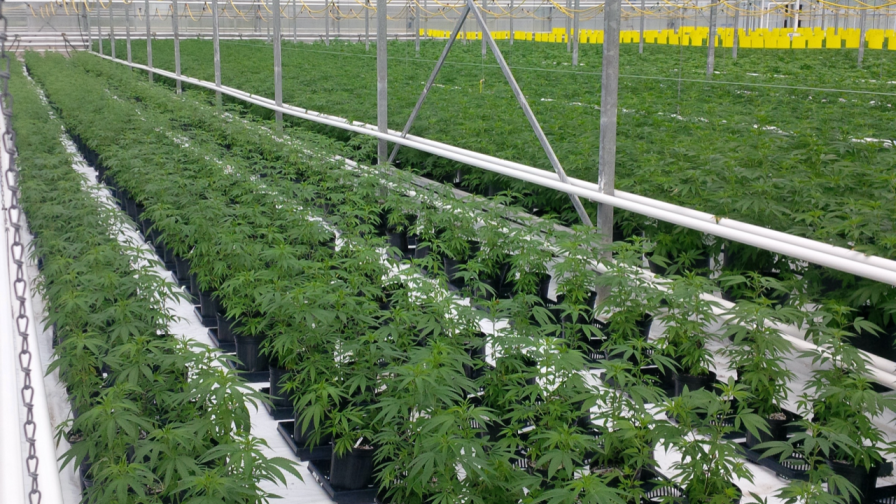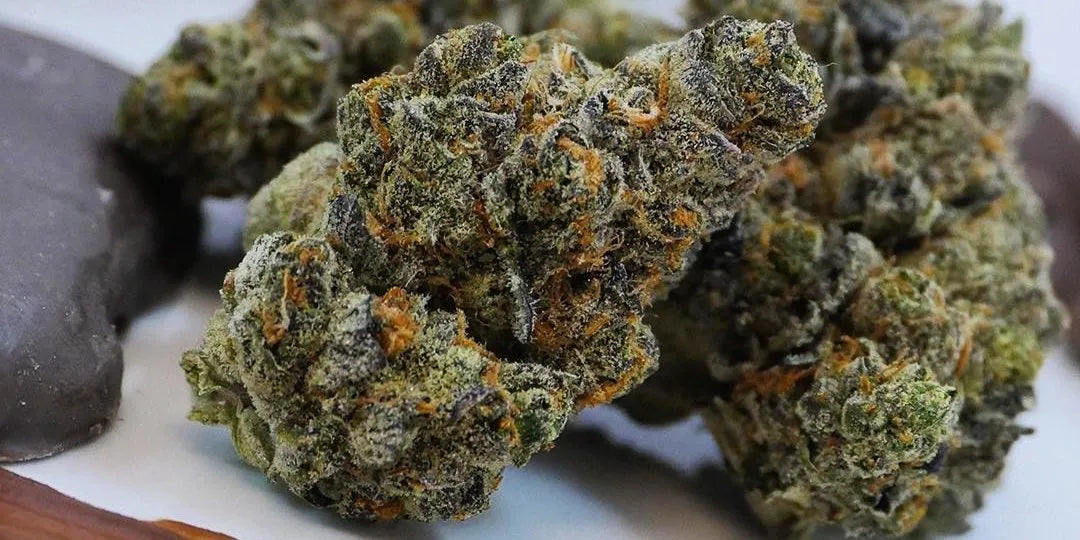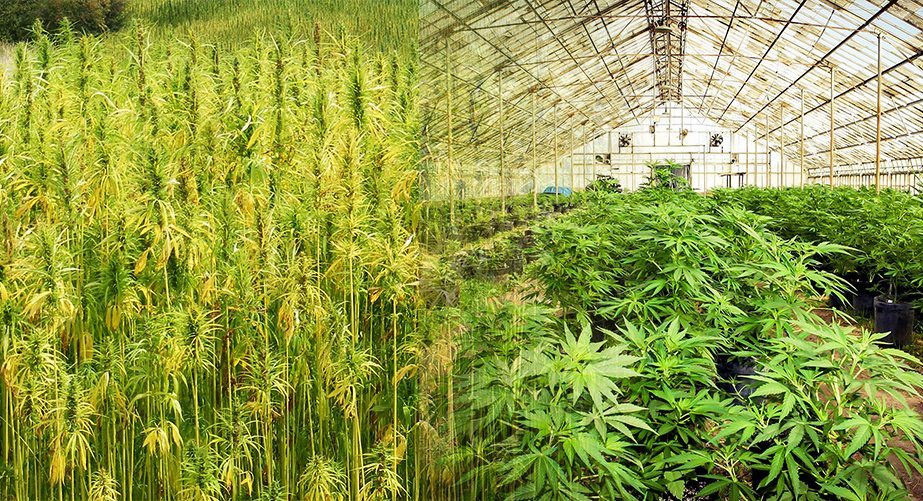
From Seed to Smoke: A Deep Dive into the Cannabis Cultivation Process
Cannabis cultivation is an intricate and multifaceted process that requires careful attention to detail at every stage, from seed to smoke. In this comprehensive guide, we'll take a deep dive into the various steps involved in cultivating cannabis, exploring the methods, techniques, and considerations that go into producing high-quality buds.
Selecting the Right Genetics
The cultivation process begins with selecting the right genetics for your cannabis plants. This involves choosing strains that are well-suited to your growing environment, desired effects, and personal preferences. Whether you're looking for high THC content, specific terpene profiles, or resistance to pests and diseases, selecting the right genetics is crucial for achieving optimal results.
Germination and Propagation
Once you've selected your genetics, the next step is germination and propagation. This involves carefully germinating your seeds or propagating clones from a mother plant. Germination can be done using various methods, such as soaking seeds in water or planting them directly in soil or a growing medium. In order to create genetically identical clones, cuttings from a healthy mother plant are encouraged to root. This process is known as propagation.
Vegetative Growth
After germination or propagation, the plants enter the vegetative growth stage. During this phase, the focus is on promoting healthy root and foliage development. This is achieved through proper lighting, watering, and nutrient management. Cannabis plants in the vegetative stage require ample light to support photosynthesis and vigorous growth. Many growers use artificial lighting systems, such as high-intensity discharge (HID) lamps or light-emitting diodes (LEDs), to provide the necessary light spectrum and intensity.
Transition to Flowering
Once the plants have reached the desired size and maturity, they are transitioned to the flowering stage. This is accomplished by adjusting the light cycle to mimic the shorter days and longer nights of autumn. In nature, this change in light signals to the plant that it's time to shift from vegetative growth to flowering. During the flowering stage, the focus shifts from foliage production to the development of flowers, or buds, which contain the desired cannabinoids and terpenes.
Nutrient Management and Environmental Control
Throughout the cultivation process, proper nutrient management and environmental control are essential for ensuring healthy plant growth and maximizing yields. This involves monitoring and adjusting factors such as pH levels, nutrient concentrations, temperature, humidity, and airflow. Different stages of growth require different nutrient formulations and environmental conditions, so it's important to tailor your approach accordingly.
Pest and Disease Management
Another critical aspect of cannabis cultivation is pest and disease management. Cannabis plants are susceptible to a variety of pests and pathogens, including spider mites, aphids, powdery mildew, and bud rot. Implementing proactive measures, such as integrated pest management (IPM) strategies, regular inspections, and the use of organic pesticides and fungicides, can help prevent infestations and protect your crop.
Harvesting and Curing
Once the plants have finished flowering and the buds have reached their peak potency and flavor, it's time to harvest and cure the crop. Harvesting involves carefully cutting down the plants and trimming away excess foliage to reveal the buds. The buds are then dried slowly in a controlled environment to remove moisture and preserve their quality. Curing involves storing the dried buds in airtight containers, such as glass jars, and periodically burping them to release excess moisture and improve flavor and aroma.
Quality Control and Testing
Throughout the cultivation process, quality control and testing play a crucial role in ensuring the safety and potency of the final product. This involves conducting regular inspections and tests for contaminants, such as pesticides, heavy metals, and microbial pathogens. Additionally, testing for cannabinoid and terpene profiles can provide valuable insights into the potency and effects of the cannabis.
Final Thoughts:
From selecting the right genetics to harvesting and curing the final product, the cannabis cultivation process is a complex and rewarding journey. By understanding the various stages and factors involved, growers can produce high-quality cannabis that meets the needs and preferences of consumers. Whether you're a novice grower or an experienced cultivator, mastering the art of cannabis cultivation requires patience, dedication, and a commitment to excellence.
When it comes to wholesale buying in the cannabis industry, selecting a reputable brand is paramount. D Squared WorldWide stands out as a trusted source for high-quality cannabis products, including seeds, clones, and bulk flower. With a commitment to excellence and a focus on quality control, D Squared WorldWide ensures that wholesalers receive top-tier products to meet their customers' needs. Contact Us Now!
Reference:
- Bakel, H., Stout, J., Coté, A., Tallon, C., Sharpe, A., Hughes, T., … & Page, J. (2011). The draft genome and transcriptome of cannabis sativa. Genome Biology, 12(10), R102. https://doi.org/10.1186/gb-2011-12-10-r102
- Oultram, J., Pegler, J., Symons, G., Bowser, T., Eamens, A., Grof, C., … & Korbie, D. (2022). Genetic variants associated with long-terminal repeats can diagnostically classify cannabis varieties. International Journal of Molecular Sciences, 23(23), 14531. https://doi.org/10.3390/ijms232314531
- Pan, G., Zheng, L., Huang, S., Tao, J., Shi, Y., Chen, A., … & Zhao, L. (2021). Genome-wide development of insertion-deletion (indel) markers database for cannabis and its uses for genetic structure analysis of chinese germplasm and identification of sex-linked marker.. https://doi.org/10.21203/rs.3.rs-265241/v1
- Punja, Z. (2021). Emerging diseases of cannabis sativa and sustainable management. Pest Management Science, 77(9), 3857-3870. https://doi.org/10.1002/ps.6307
- Reichel, P., Munz, S., Hartung, J., Kotiranta, S., & Graeff-Hoenninger, S. (2022). Impacts of different light spectra on cbd, cbda and terpene concentrations in relation to the flower positions of different cannabis sativa l. strains. Plants, 11(20), 2695. https://doi.org/10.3390/plants11202695
- Sawler, J., Stout, J., Gardner, K., Hudson, D., Vidmar, J., Butler, L., … & Myles, S. (2015). The genetic structure of marijuana and hemp. Plos One, 10(8), e0133292. https://doi.org/10.1371/journal.pone.0133292



